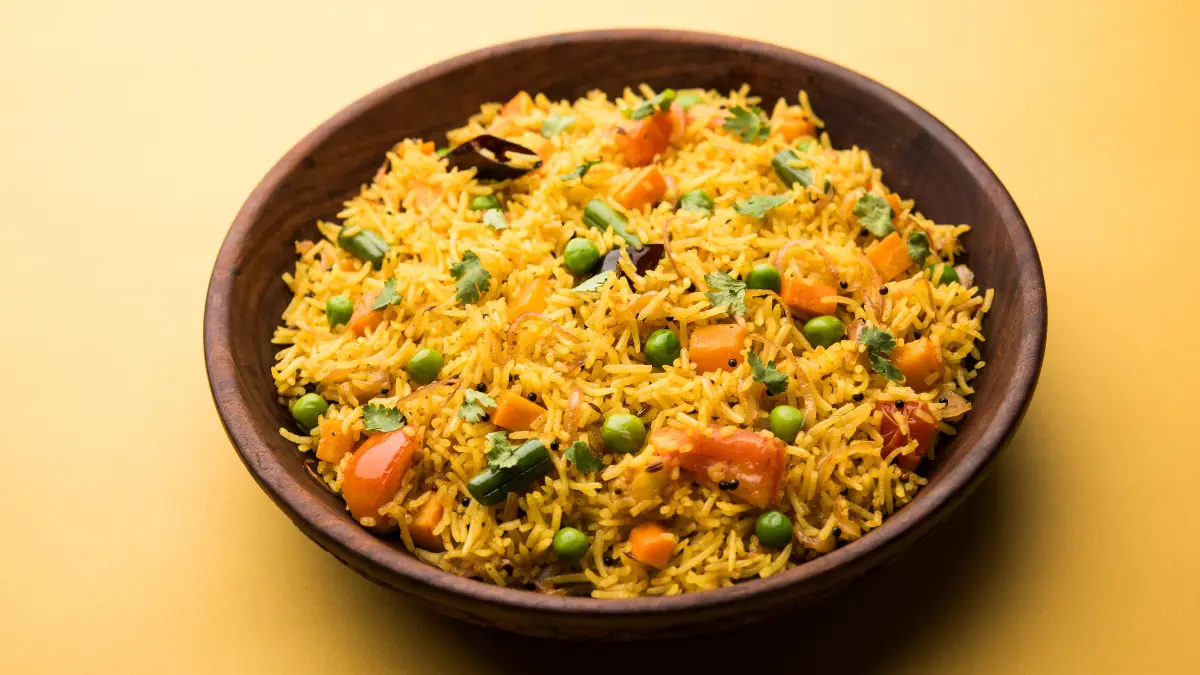#1 Only parboil the rice. Don’t cook the rice more than 70-80% as they’ll be cooked again after the layering. If overcooked, the grains will be sticky.
#2 Since you’re omitting onion, ginger, and garlic, don’t skimp on the spices. Add whole spices and masalas generously. You can adjust the levels of red chilli powder and salt as per your taste and spice tolerance.
#3 While picking up the biryani masala, make sure to read the ingredients and only choose the Jain-friendly spice mix.
#4 Use fresh curd or yoghurt. Ensure that there isn’t any underlying sour taste, which can impact the overall flavour of the biryani.
#5 Patience is key whenever you’re making biryani. Give it time to slow-cook to perfection and let the biryani sit before opening the lid.








